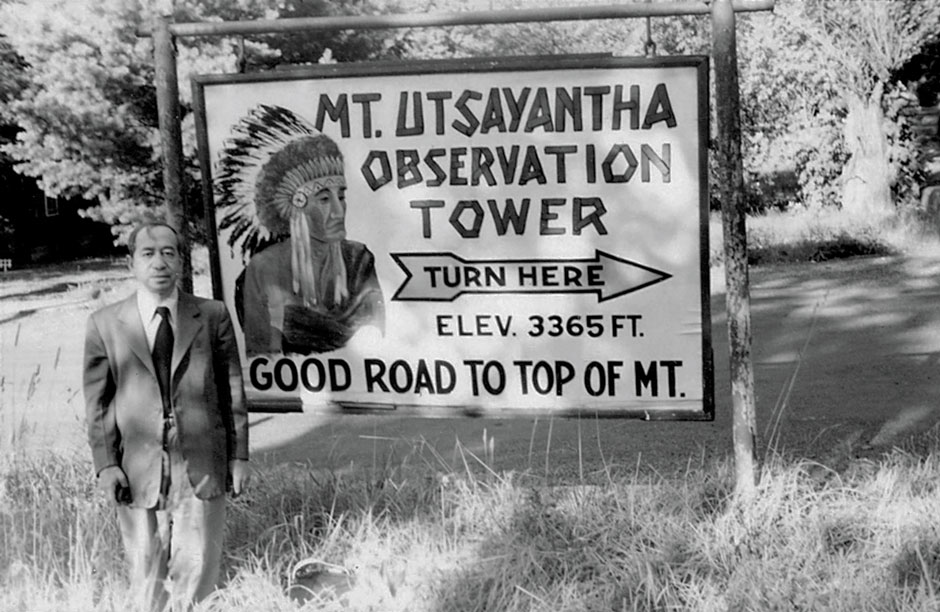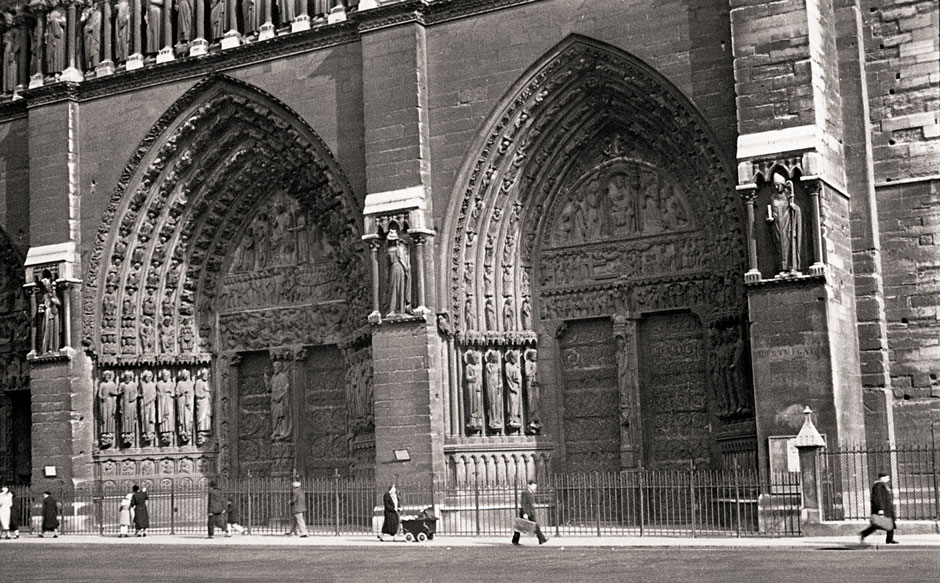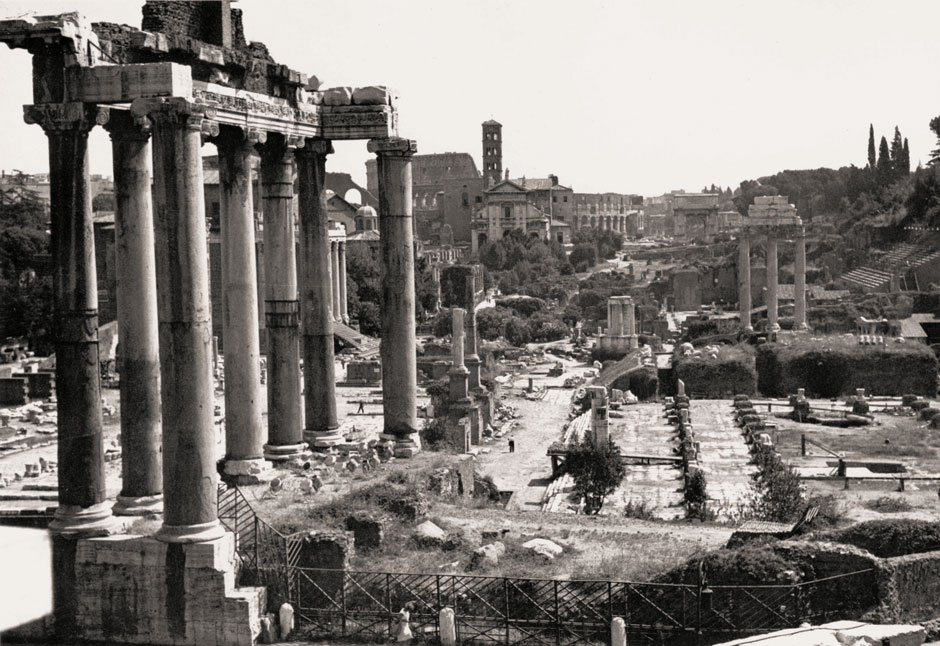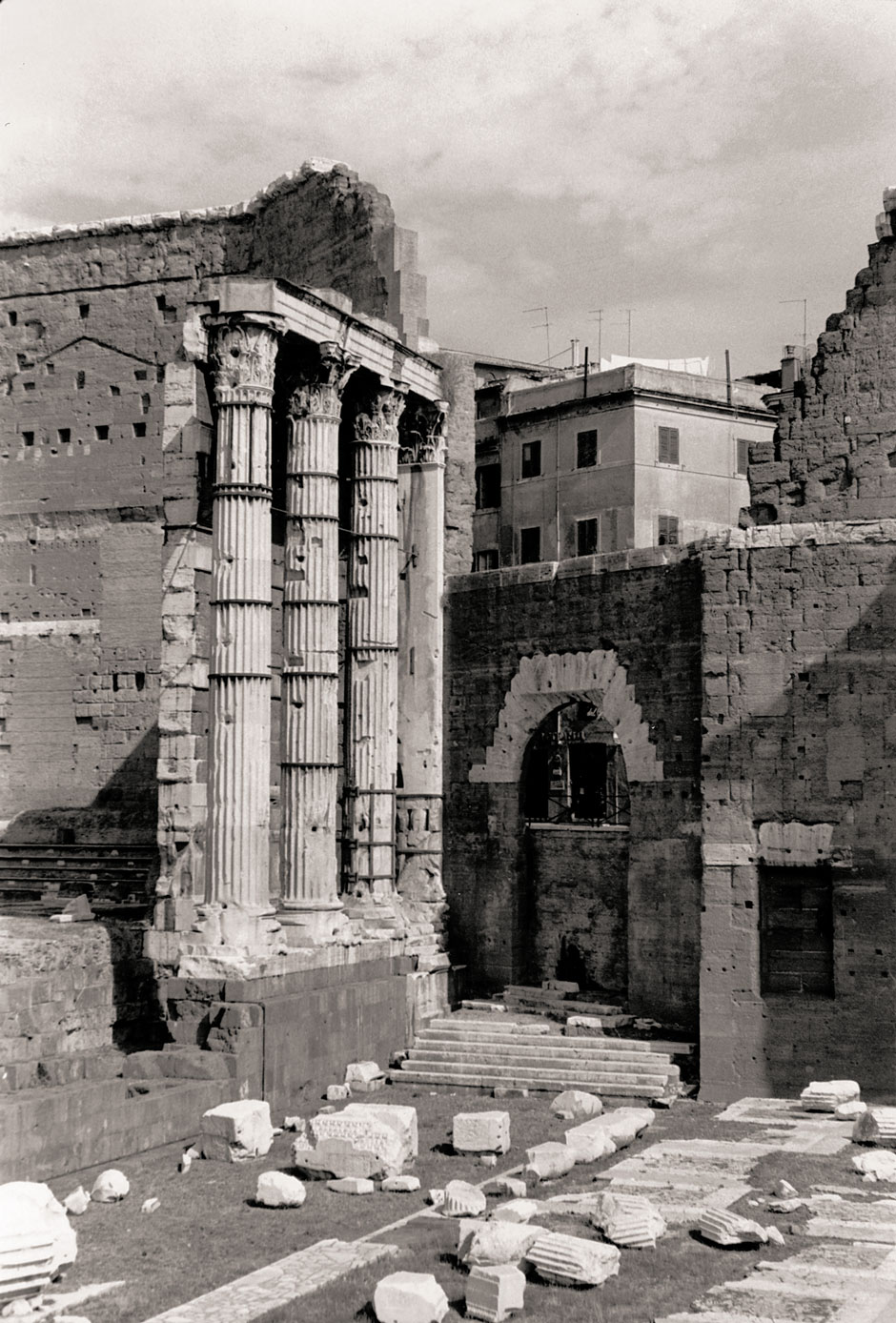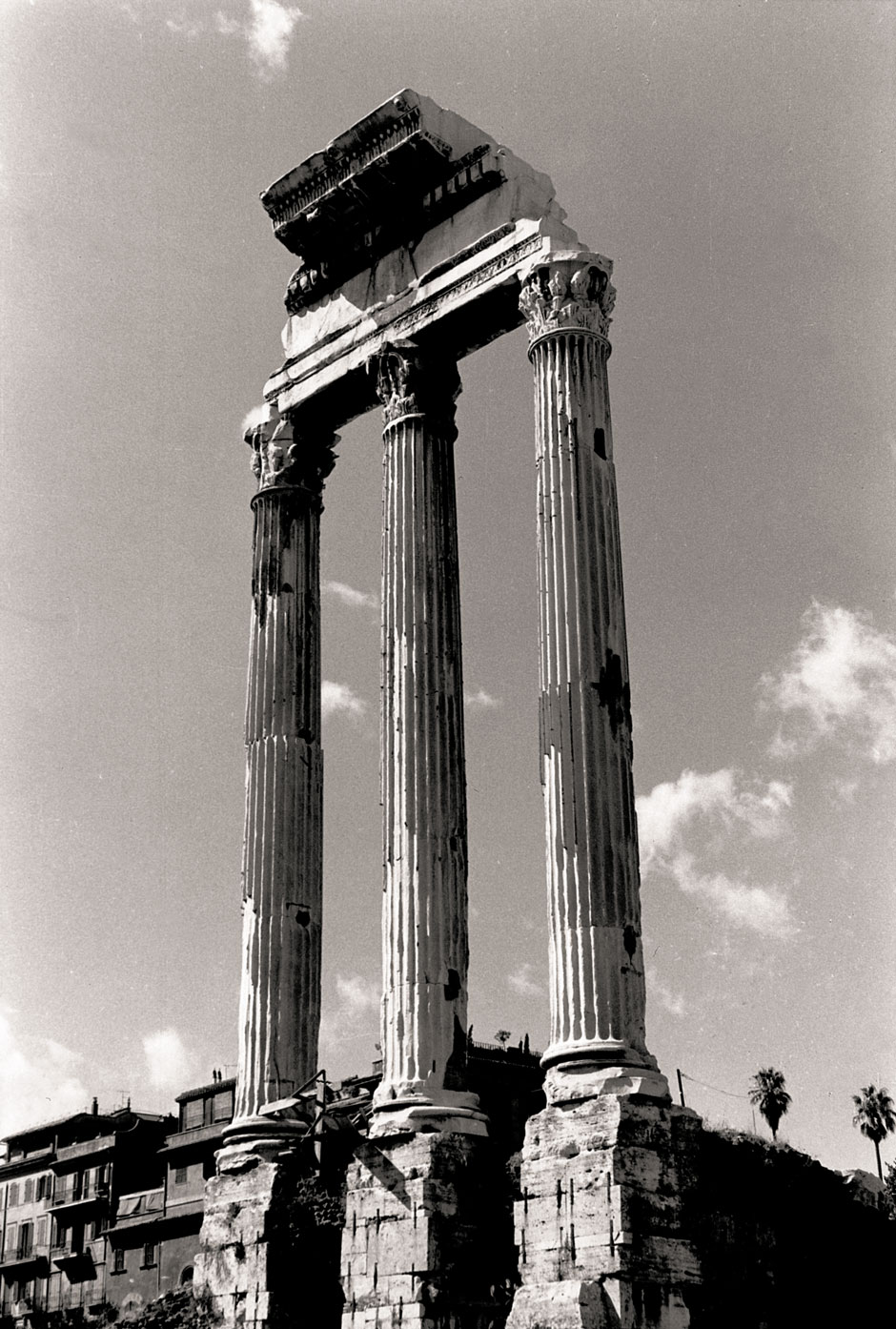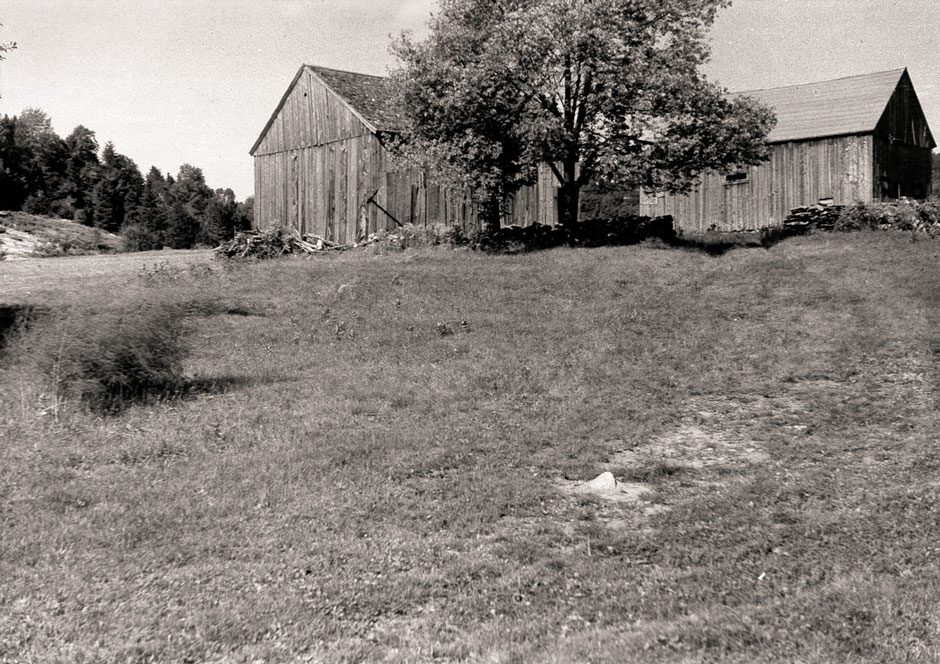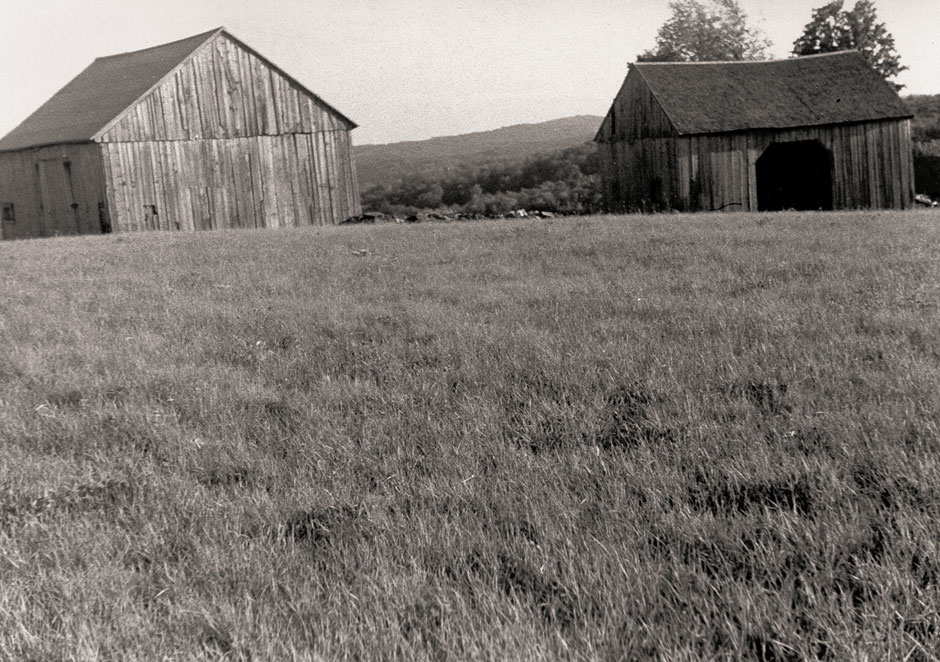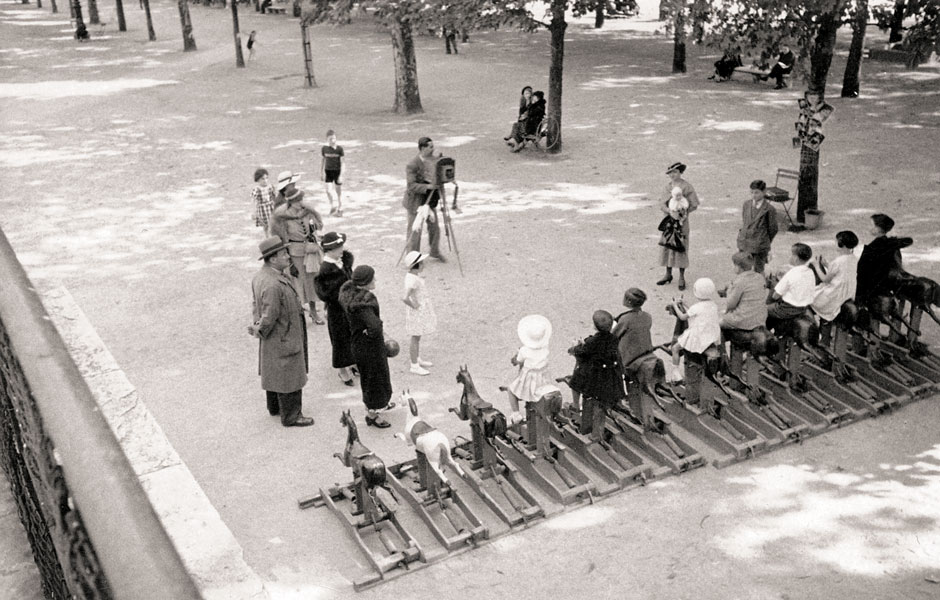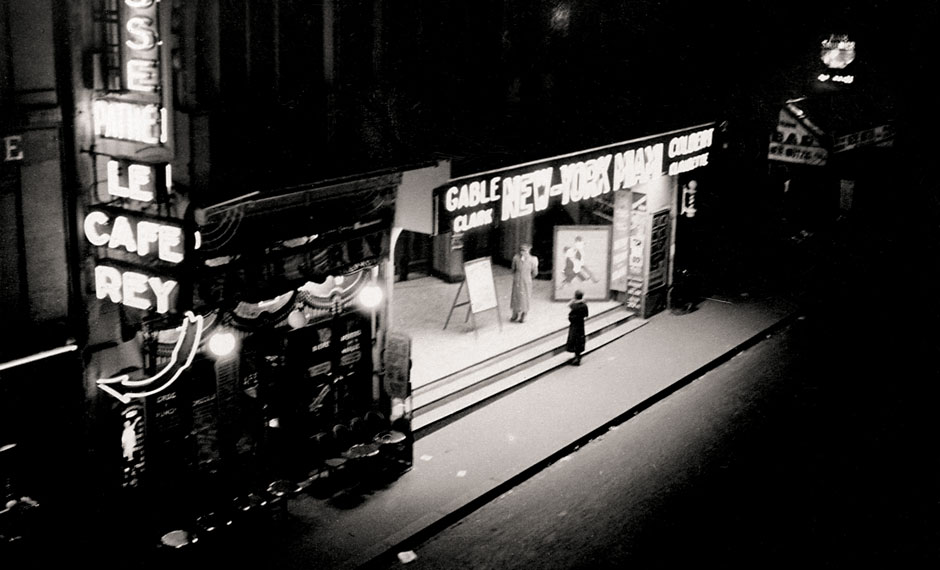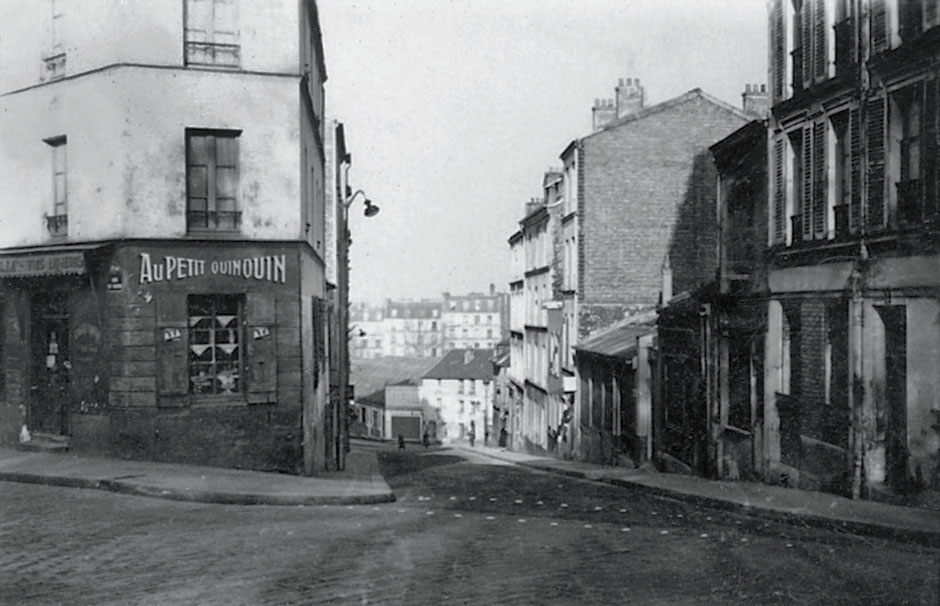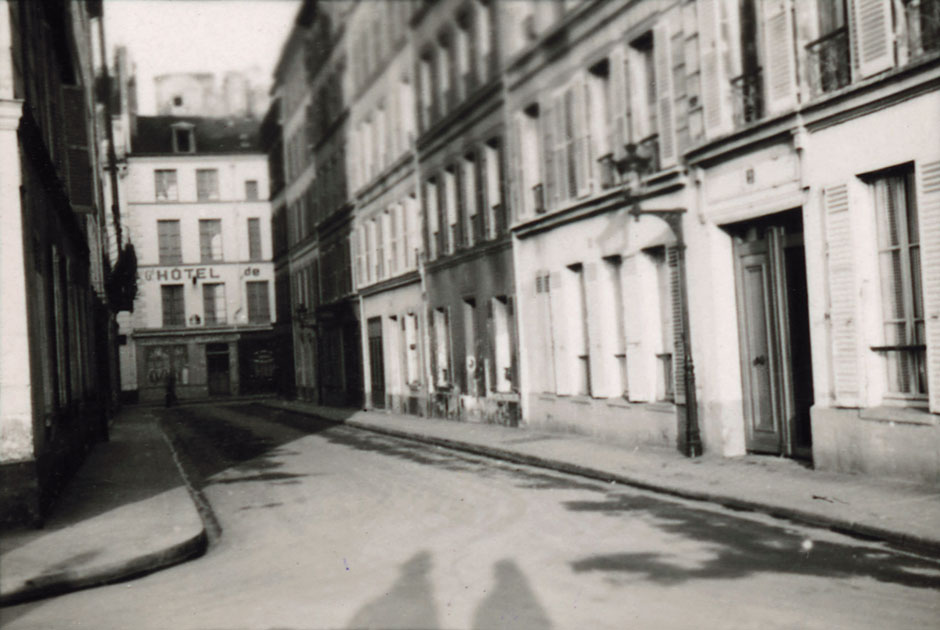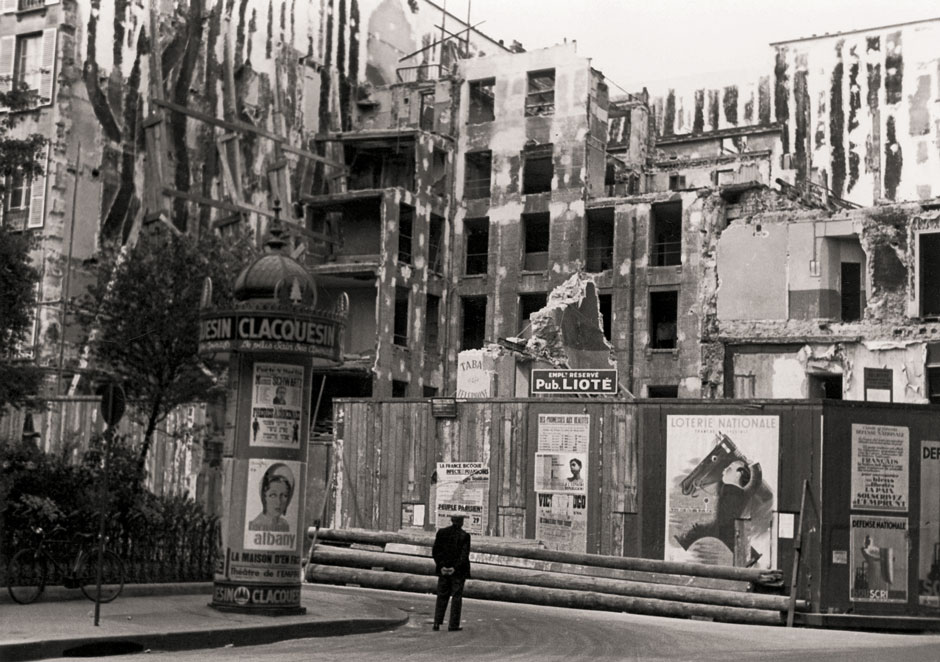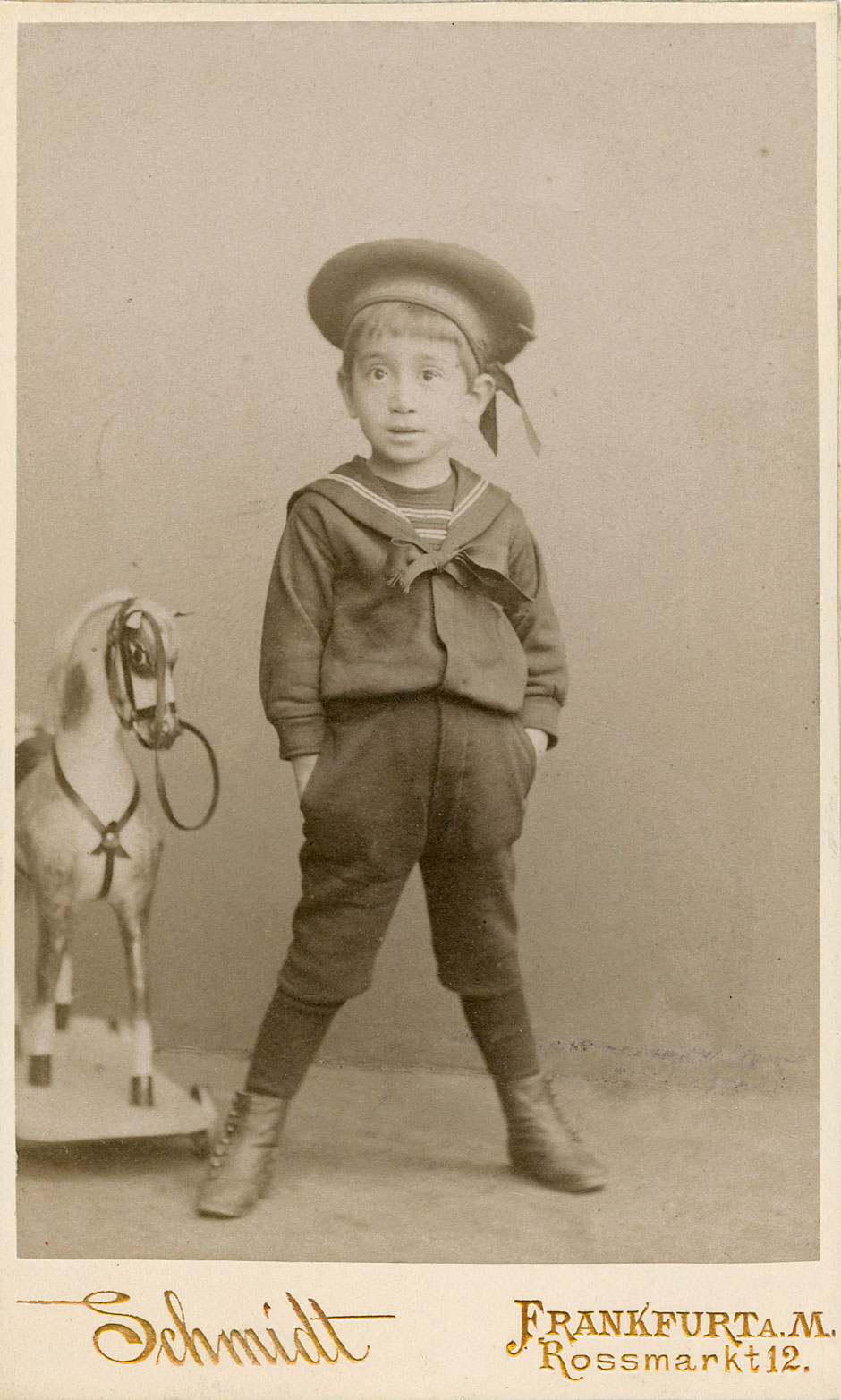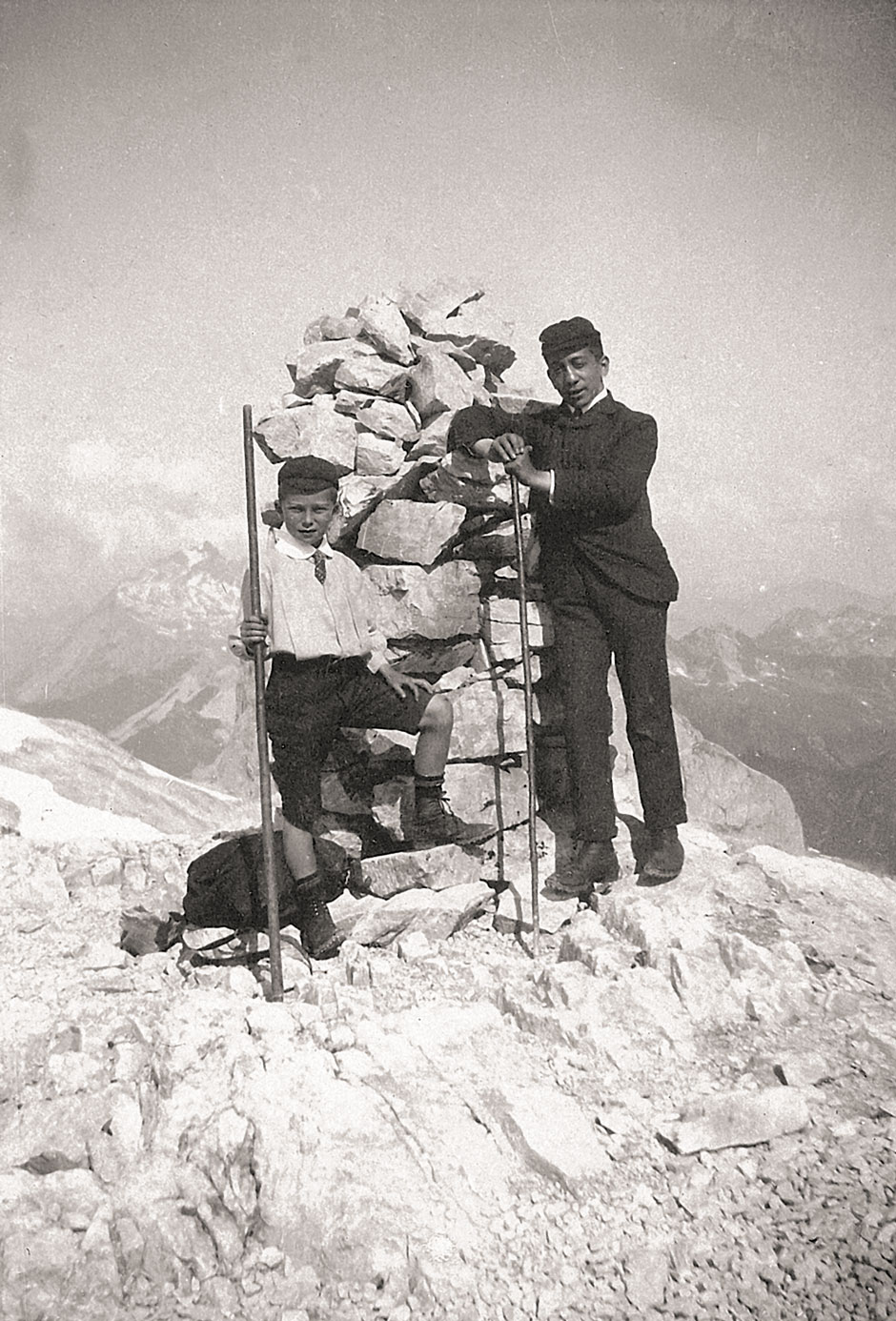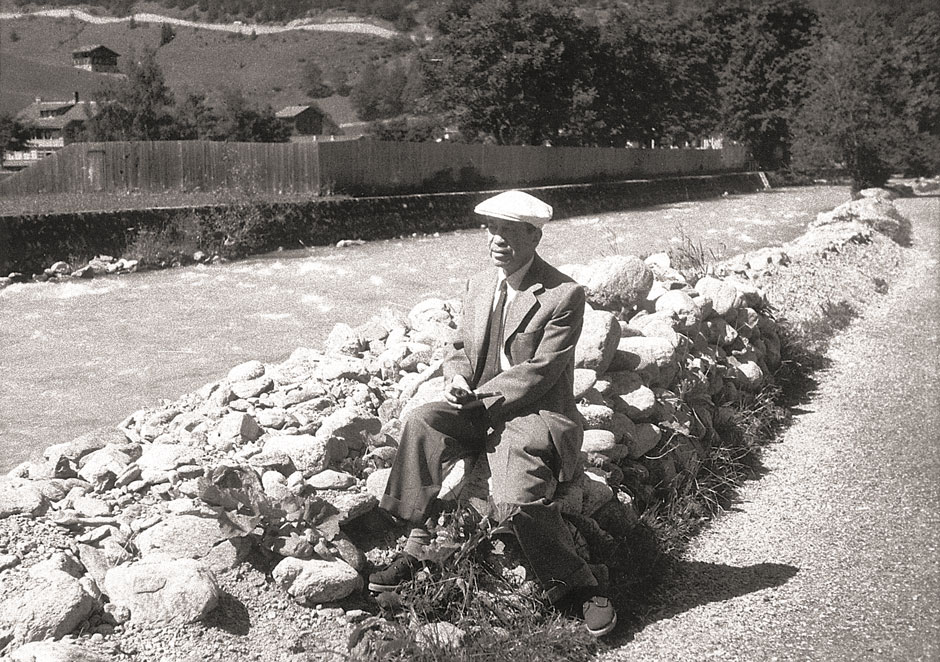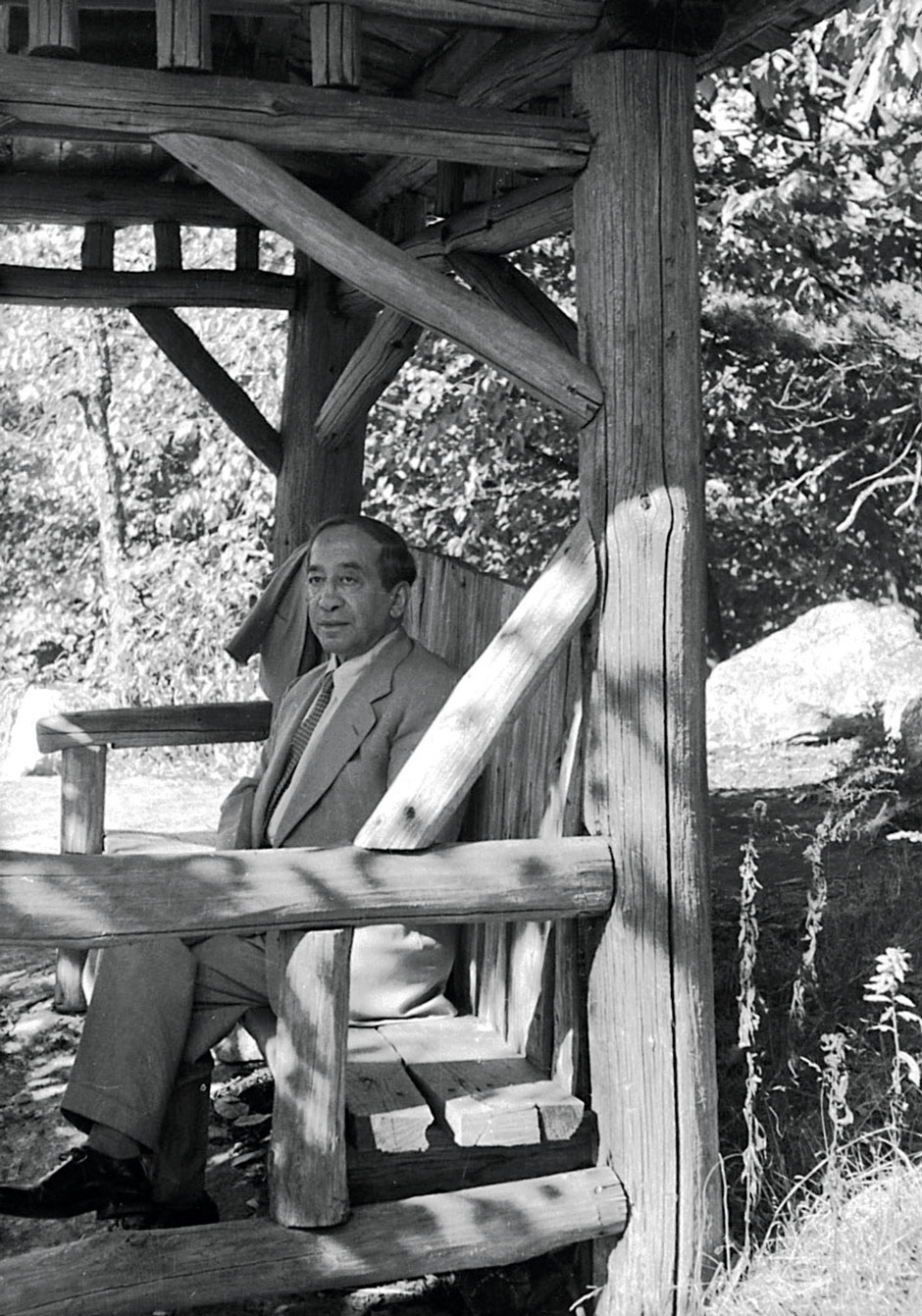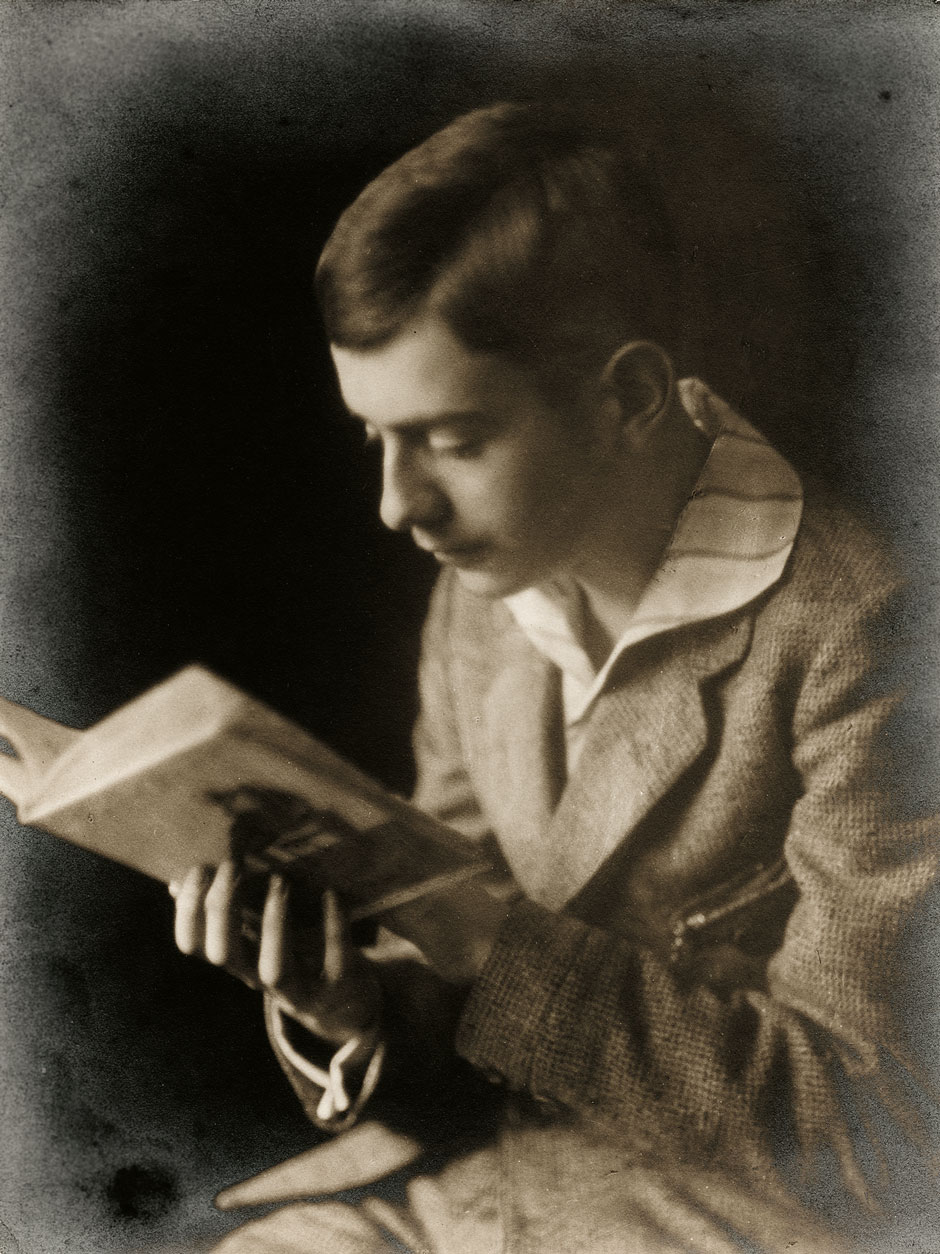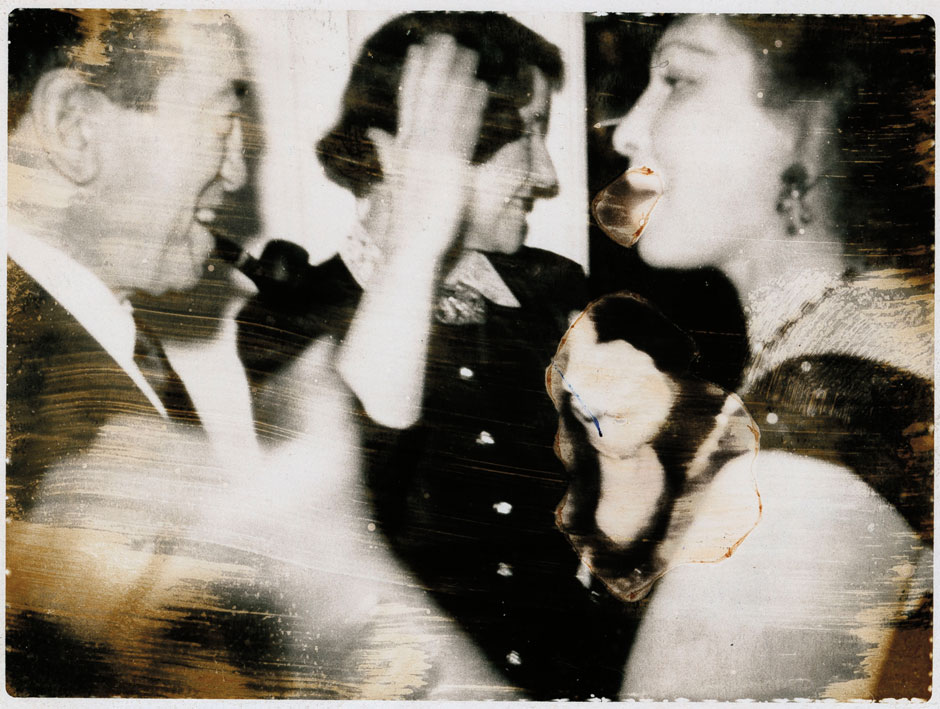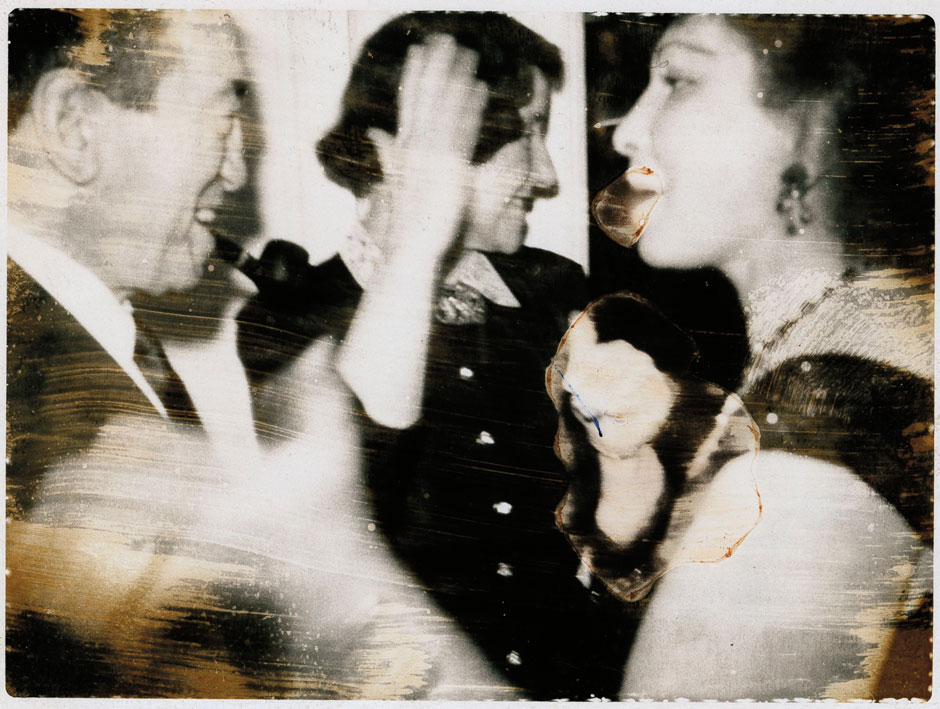A photograph is a physical “representation of time,” the cultural journalist and polymath Siegfried Kracauer wrote in an article titled “Photography,” published on the front page of Frankfurter Zeitung in late 1927.
Among other things, Kracauer, the Frankfurt School’s freelance intellectual par excellence, pondered the nature of those family photo albums in which, modeling the fashions of an earlier century, Grandmother’s “image wanders ghost-like through the present, like the lady of the haunted castle.” Kracauer himself—who, with his wife Lili, left Germany for France after the Reichstag fire in 1933 and then, after the outbreak of war, left France for the United States—can be seen in what amounts to his own family album: a bundle of snapshots and portraits taken mainly by Lili, with only a handful by the writer, newly published as Kracauer: Photographic Archives.
Kracauer is perhaps best known for his books From Caligari to Hitler and Theory of Film. The former, published in 1947, was one of the first major studies of German film between the two world wars, and is considered by many to be the founding work of sociological film criticism. Theory of Film, published thirteen years later, argued that “the redemption of physical reality” was the most important function of cinema, and was at the time the most ambitious philosophical investigation into motion pictures published in English.
“Photography” established Kracauer’s interest in photography both as a mass medium and as the materialization of memory, for the group as well as the individual. The short review “On Yesterday’s Border,” published on the occasion of a Berlin photo exhibit, in the Frankfurter Zeitung in 1932, introduced the notion of a photographic “unconscious,” a photograph’s capacity to transcend its maker’s avowed purpose. Appearing in English almost twenty years later, “The Photographic Approach” proposed a photographic telos—the desire to reproduce reality at its most transient—culminating in motion pictures. (Reworked in Kracauer’s Theory of Film, the tacit argument that photography changed the nature of art has similarities to André Bazin’s canonical “Ontology of the Photographic Image,” which first appeared in 1945.)
The pictures in this new book may be of limited visual interest, yet they have a certain fascination. In his writing about photography, Kracauer, unlike self-conscious camera artists like Alfred Stieglitz or Edward Steichen, was less concerned with the intention of the photographer than with the logic of the medium—a radical view that prized the unforeseen correspondences and inadvertent revelations that may be found in dated news photos or old family portraits, photographs where initial associations fade and vanish so that the image “necessarily disintegrates into its particulars.” Part of the pleasure of this new book is finding these very sorts of revelations in the Kracauers’ generally artless photos.
Many of the photographs the Kracauers produced are the equivalent of picture postcards, dutifully recording the monuments of Rome and Paris, or, more daringly, timeless New World images of Vermont barns. All attest to an interest in photographs as souvenirs, although few embody what Kracauer called the medium’s “affinity for unstaged reality” and “random events”—chance juxtapositions and photographic happenstance. Paris inspired some views of the urban scene, notably a high angle shot of a street photographer at work in a park. There are also a few “found” monuments, such as a neon-limned cinema in a pool of light, and a number of empty streets a la Atget.
Most striking are the images of half-demolished buildings taken in Paris, some contemplated by a foreground figure who is likely Kracauer himself. These photographs, which might be prophetic images of impending war or evidence of a ruined civilization, bring to mind Kracauer’s analogy between obsolete fashions and doomed buildings, “destined for destruction because the city center has been moved to another part of town.” The photographs also suggest Walter Benjamin’s review of Kracauer’s sociological study The Salaried Masses, which praised the older writer as a “ragpicker” sifting through the debris of bourgeois society “at the dawn of the day of the revolution.” (Benjamin subsequently incorporated a number of Kracauer’s insights regarding photography and motion pictures in his essay “The Work of Art in the Age of Mechanical Reproduction.”)
Advertisement
For the most part, Photographic Archives is a record of the writer in various costumes. His earliest appearance is as small child, with a flattened nose and slightly simian features, in a sailor suit. He next shows up as a solemn and self-possessed nine-year-old wearing a pea-coat and the sort of large flat beret associated with sixteenth century scholars like Erasmus of Rotterdam, posed in a studio against a backdrop of a rustic road; a quarter of century later in his first exile, Kracauer may be found in the French Alps, cutting a sporty figure in a cap, a blazer and floral-patterned tie. Some twenty years after that, in his second displacement, he is portrayed in business attire seated in a log shelter on the grounds of a rustic resort in upstate New York, on Lake Minnewaska.
Across the decades, Kracauer radiates intelligence, propriety, and, from the 1930s on, a desire to fit in that seems part of his émigré uprootedness. “The photograph becomes a ghost because the costumed mannequin was once alive,” he wrote in 1927. In that sense, the most haunting image is this newly-minted American standing by the billboard for a roadside attraction, dressed in a suit and tie, hair slightly windblown, expression unconsciously mimicking that of the poster’s stoic Indian chief.
There are other figures as well, including a study of a pensive, delicately beautiful Theodor Adorno, age sixteen, Kracauer’s onetime protégé and long-term frenemy. Thin and severe, Lili Kracauer is a stern constant throughout who, for some forty years, appears fixed in time, wearing her hair in the bobbed style of the mid-1920s. But one image stands alone.
The book’s most striking photograph is also its most spontaneous and disposable, a smeared Polaroid that provides a candid triple portrait in close-up, taken at an event at the 1950s film society, Cinema 16. Lili at the center of the composition is patting her hair coquettishly and (for once) smiling. Turned away from the camera she is flanked by her portly husband and the avant-garde filmmaker Maya Deren. Kracauer grins, pipe clenched in mouth, as Deren warmly greets him, her outstretched hand blurred in the foreground. The image is redolent of comradery, excitement, and fun. It shows the Kracauers, who to judge from the couple’s photographs of each other could be easily imagined as stuffy strangers in a strange land, to be social creatures, even part of a scene. Maria Zinfert attests to this picture’s importance by using an enlarged version to open her book’s section on “Other Photographs From the Estate.” Here the image is cropped to eliminate Deren—although her arm appears as a mysterious streak of light, perhaps a photographic flaw—and thus emphasizes the Kracauer couple facing the world together, for eternity.
“In a photograph, a person’s history is buried as if under a layer of snow,” Kracauer wrote. Here, for a frozen moment, a bit of that snow is brushed aside.
Kracauer: Photographic Archive, edited by Maria Zinfert, is published by Diaphanes, which has also published The Past’s Threshold: Essays on Photography.


